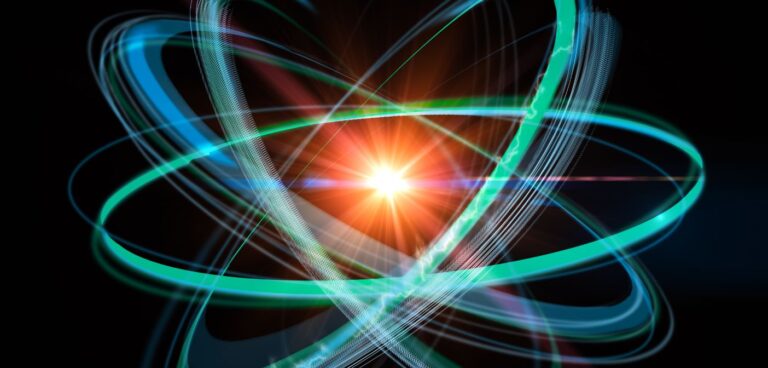Why fusion energy needs AI to reach the goal of commercial electricity faster…
Fusion promises to be an environmentally responsible part of the world’s future energy supply. It is described as the ultimate energy source, based on the same processes that power the sun and stars.
But it is also one of the greatest scientific and engineering challenges of our time.
We know fusion works and have proved the concept on present-day machines, like the record-breaking Joint European Torus (JET) in Culham, Oxford.
The UK Atomic Energy Authority (UKAEA) has a clear roadmap to scale-up to powerplants and produce commercial electricity. This is a crucial moment on that journey.
It’s obvious we must make significant changes to address the effects of climate change, and fusion energy offers huge potential. As part of a ‘low carbon energy mix’, it could help sustain ‘net zero’ in the second half of the century and beyond.
It is also clear that data science and artificial intelligence (AI) are key factors to help accelerate our progress. AI methodologies and supercomputing power are improving all the time.
New learning algorithms are solving more complex problems that would previously have taken months or years. Ultimately, our work will save time and money, as it has in many other industries.
This is an emerging and very promising field. For example, AI is already revolutionising life sciences and healthcare, enabling a faster discovery of new drugs, spotting patterns in complex genomics data, providing predictions for protein folding and helping towards the automation of diagnosis from X-ray and CT scans.
There is also an equally exciting opportunity for AI to revolutionise fusion, to achieve it faster.
What is fusion energy?
Based on the same process that powers our sun and the stars, fusion has long been considered the ultimate energy source:
- When a mix of two forms of hydrogen (deuterium and tritium) are heated to extreme temperatures (10 times hotter than the core of the sun) they fuse together to create helium and release vast amounts of energy in the form of heat.
- This superheated material forms a plasma, the fourth state of matter found in lightning and neon signs. Plasma has incredibly complex, but fascinating, physics akin to weather systems, and predicting its behaviour is just as difficult.
- There is more than one way of achieving fusion. At UKAEA, we hold this hot plasma using strong magnets in a doughnut-shaped machine called a tokamak.
- The energy created from fusion can generate electricity similar to existing power stations.
Given its ability to handle complexity, AI is the perfect answer to make fast and accurate predictions of future plasma states during experiments, to enable the planning of machine operations and even design plasma scenarios in newly-designed machines.
All this feeds into the idea of having a ‘digital twin’, to shape the designs of future powerplants like STEP, the UK’s prototype fusion plant that is set to put power on the grid in the 2040s.
Everyone in the AI community is on board with the challenges of improving healthcare and life sciences. Can we do the same for fusion?
UKAEA is openly collaborating with the best in the AI community, but it needs more of the top talent to approach this challenge from all angles. To break down barriers and really make it count. The UK is at the forefront of both AI and fusion research – it’s the perfect place to make this happen. It is a one-in-a-lifetime chance for those wishing to specialise to really make a difference.
UKAEA is working with the greatest minds in science, engineering, and technology to achieve its mission to lead the delivery of sustainable fusion energy. We are all working together to solve the world’s energy crisis. It is our time to make the change.
What could be more important than that?
This article is authored by Lorenzo Zanisi, a computer scientist at the UK Atomic Energy Authority working on AI technologies for fusion in the UK. The Alan Turing Institute recently awarded Zanisi with a Postdoctoral Enrichment Award, which he will use to promote the application of AI to fusion in the wider community.








